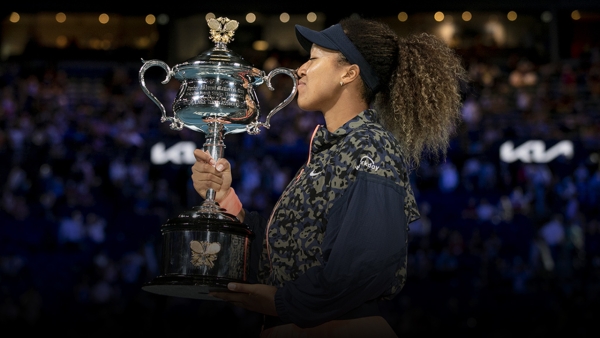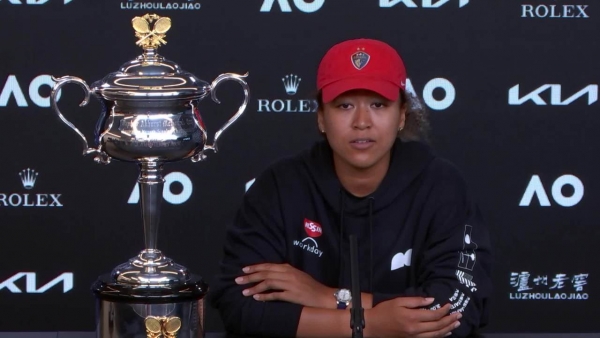With her victory at Australian Open 2021 on Saturday night, it truly felt in that moment that Naomi Osaka had unequivocally become the superstar of women’s tennis.
MORE: Awesome Osaka races to second AO crown
With four major titles, she still trails Serena and Venus Williams, who have won 23 and seven respectively. Having ascended to world No.2 with her triumph, she still trails Ash Barty in the rankings.
But when you look at Osaka’s body of work across the past three years, she has separated herself from the rest of the tour in resounding fashion.
And that’s an impressive feat, given the talent infused throughout the WTA rankings. Several young players – Osaka, Barty, Bianca Andreescu, Sofia Kenin and Iga Swiatek – have all captured their first major titles in recent years.
But Osaka has kept accruing them. And her stature, profile, wealth and influence have grown alongside her trophy cabinet.
The reason for that? She has become, by far, the game’s best big-match player.
“I don't look at expectations as a burden anymore,” Osaka said, when dissecting her latest success with the press.
MORE: Osaka v Brady match stats
“I feel like I'm at the point now where it's something that I've worked for. Like, people wouldn't expect things from me if I hadn't done things prior. If that makes sense.
“I feel like no one has expected things of me when I was younger, and now that I have kind of climbed up the ranks, of course there's going to be more pressures, but I feel like also that's motivation, because I also want to do better for myself, as well.”
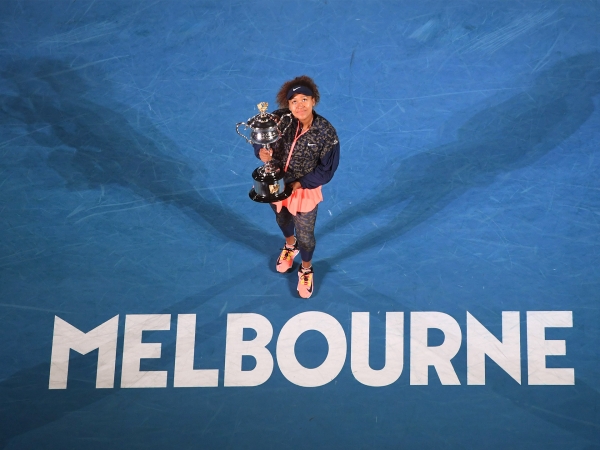
Her achievements are a dream for stats nerds.
Her 6-4 6-3 win over Jennifer Brady was her 21st straight match win; she has not tasted defeat in more than a year.
Osaka maintained her flawless record at the business end of Slams; history shows that if she passes the fourth round of a major tournament, she wins the trophy.
She is now a combined 12-0 in Grand Slam quarterfinals, semifinals and finals.
MORE: Analysis: How Osaka won the final
When she won the AO 2019 title, she became the first player to win her first two Slams back-to-back since Jennifer Capriati in 2001. And with her second AO title, she became the first to win her first four Grand Slam finals since Monica Seles 30 years ago.
Incredibly, Seles and Roger Federer are the only other players to achieve this feat in the Open Era.
Osaka has entered rarified territory.
“I didn't play a lot of tournaments when I was a kid, so I'd always want to take the opportunity whenever someone was watching me, I'd feel like it was more fun that way. So maybe that's how I developed wanting a crowd and wanting to play in front of more people,” she said when asked to explain where her big-match instincts originated.
“But I also think it's because I watched a lot of Grand Slams growing up and seeing the crowds, seeing Arthur Ashe Stadium, seeing how it was in Australia and Rod Laver (Arena), and wanting to play in front of people and wanting to be the person holding up the trophy.”
It was her second time hoisting aloft the Daphne Akhurst Memorial Cup.
And she earned that opportunity after a dominant fortnight at Melbourne Park, dropping just one set en route to another piece of Grand Slam silverware.
Her straight-sets dismissal of Serena Williams in the semifinals was another example of her rising to meet a big occasion.
Facing the legendary Williams, widely regarded as the greatest female player of all time as well as being a hero of Osaka’s, the third seed hit her off the court, doubling Serena’s ace tally (6-3) and finishing with 14 winners off the ground to six.
Her head-to-head record against Williams now stands at 3-1, for a 75 per cent winning rate – by far the best record against Serena of any player who has held the No.1 ranking.
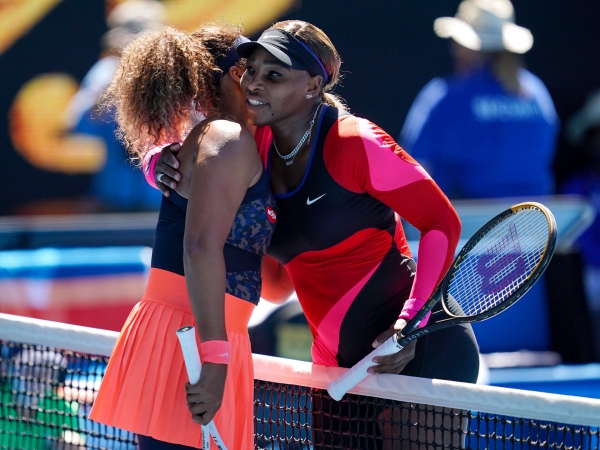
Osaka’s reverence for Serena is something she hopes to eventually inspire in others.
“I feel like the biggest thing that I want to achieve is … this is going to sound really odd, but hopefully I play long enough to play a girl that said that I was once her favourite player or something,” she said.
“I think that's the coolest thing that could ever happen to me. I just think that that's how the sport moves forward.”
But while she entered that semifinal as the far less credentialed and experienced player, the dynamic was completely reversed in the final, when she came up against Brady, a Grand Slam final debutant.
Osaka began strongly, looking poised and confident as she charged to a 3-1 lead. But once Brady relaxed and began to settle into her surrounds, she swung freely and reeled in an increasingly error-prone Osaka.
After losing the first point of the eighth game, Osaka shot a disgusted look in the direction of her entourage. Her control over the match was slipping.
Expected to win, she could have easily panicked, and succumbed to racing thoughts about why her game was deserting her and how nothing seemed to be working against her surging opponent.
But instead, she executed shadow swings, reminding herself of correct technique. Danced up and down on the spot and swung her arms, reminding herself to stay loose. Thumped her thigh with her fist, reminding herself to keep her intensity high.
And on the next point, she wrested back control.
She launched her body into a full-blooded backhand return, then cracked an off-forehand that Brady lofted back at full stretch, before dismissing the short reply with a forehand winner.
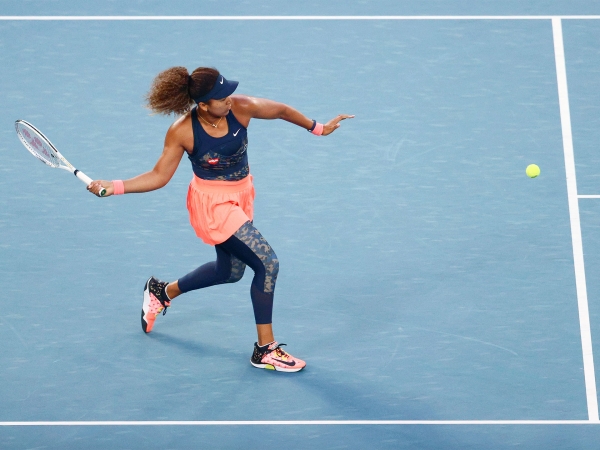
This passage of play sent a message. And although Brady went on to win the game – despite Osaka earning a break point – the dynamic had changed.
Osaka’s intensity and controlled aggression had returned. And from 4-4, she won the next six straight games to effectively end the contest.
Elevating her game at a crucial juncture of a Grand Slam final?
That’s what big-match players do.
